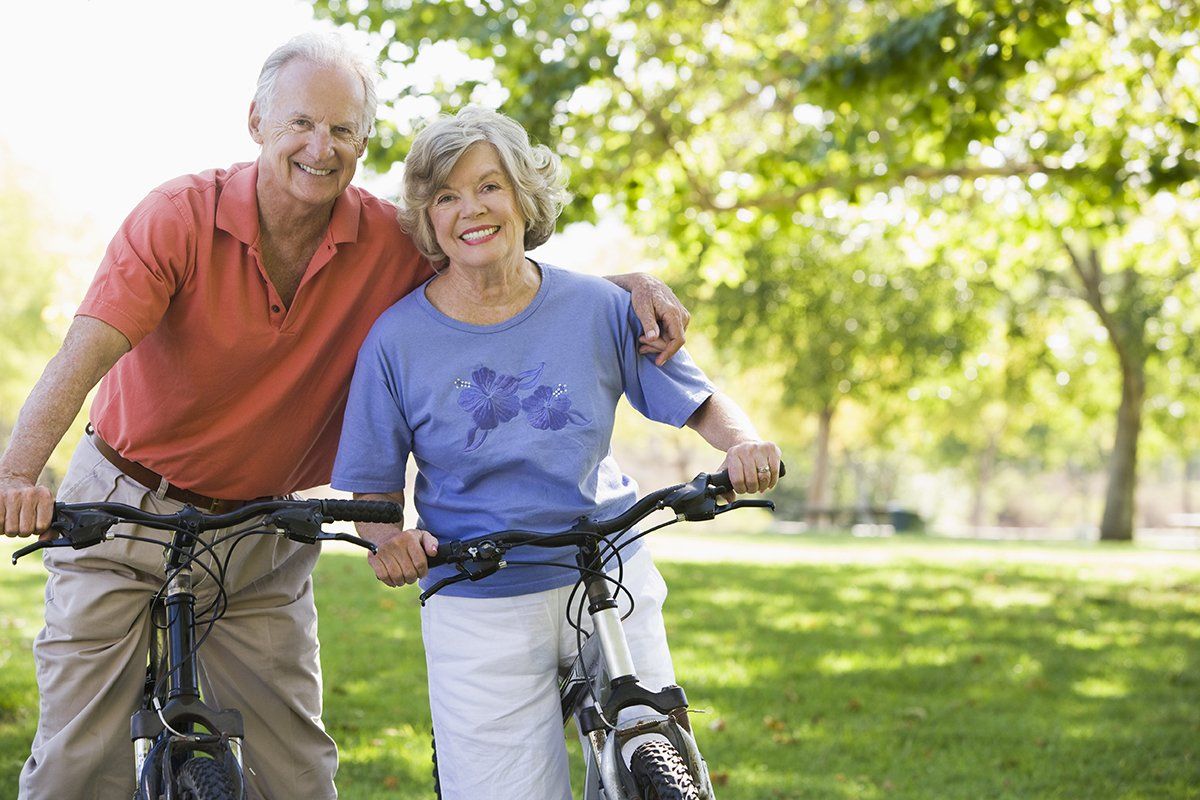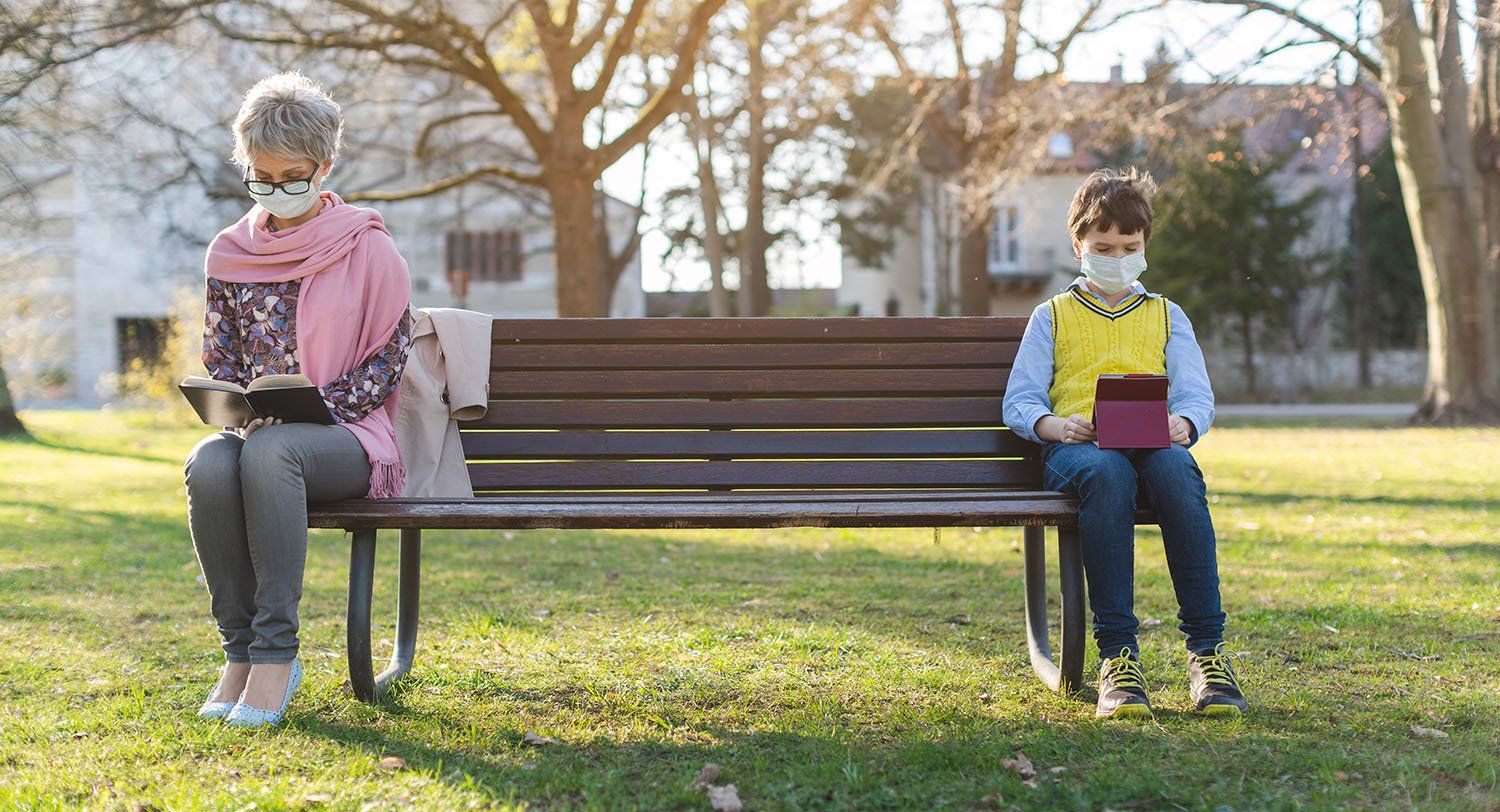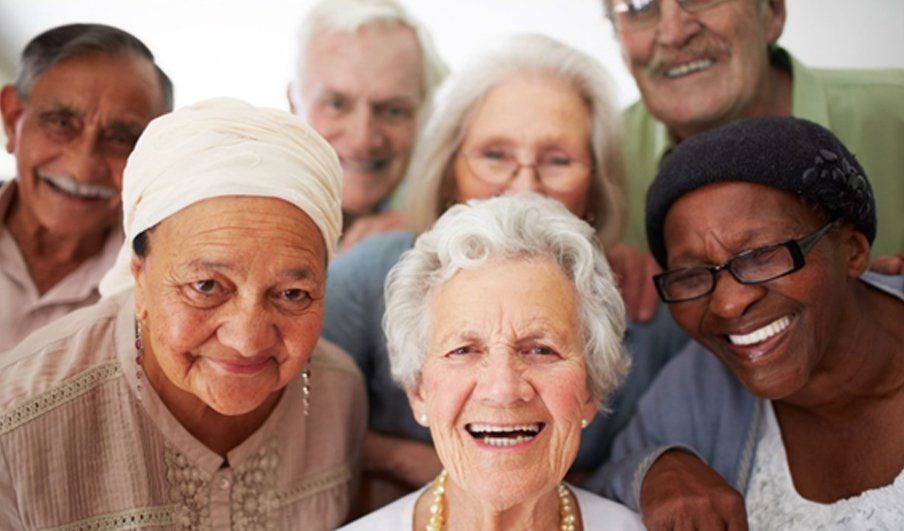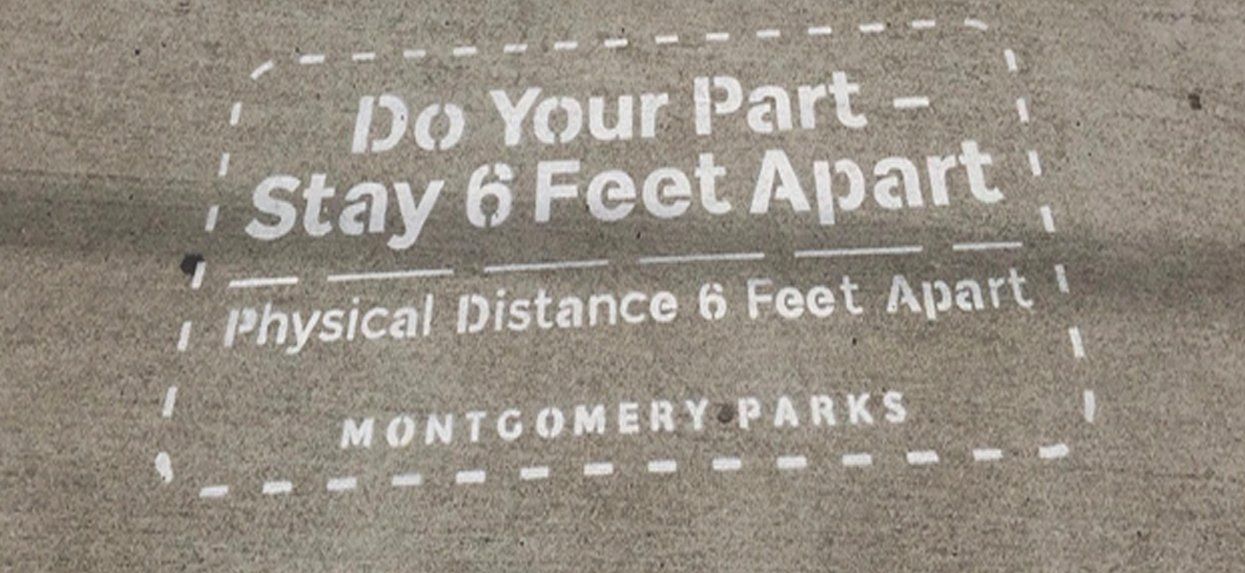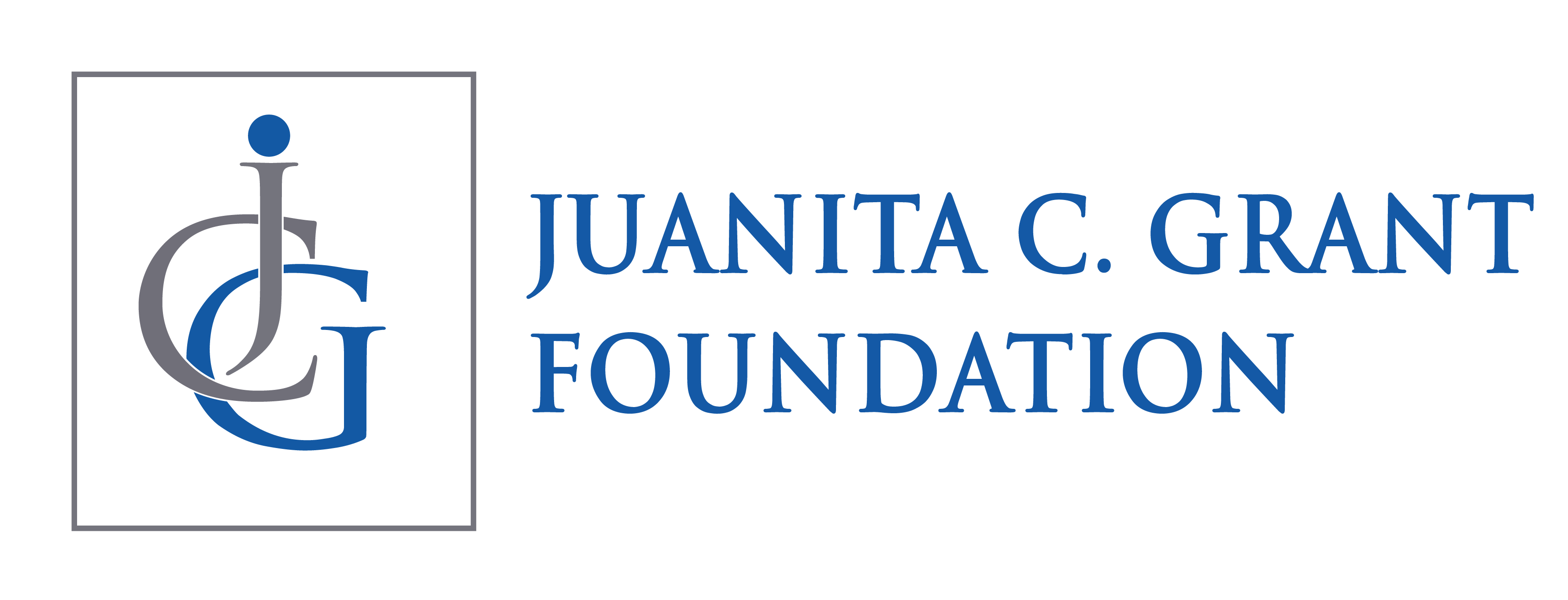New Year, New Beginnings Embracing Opportunity at Any Stage of Your Career
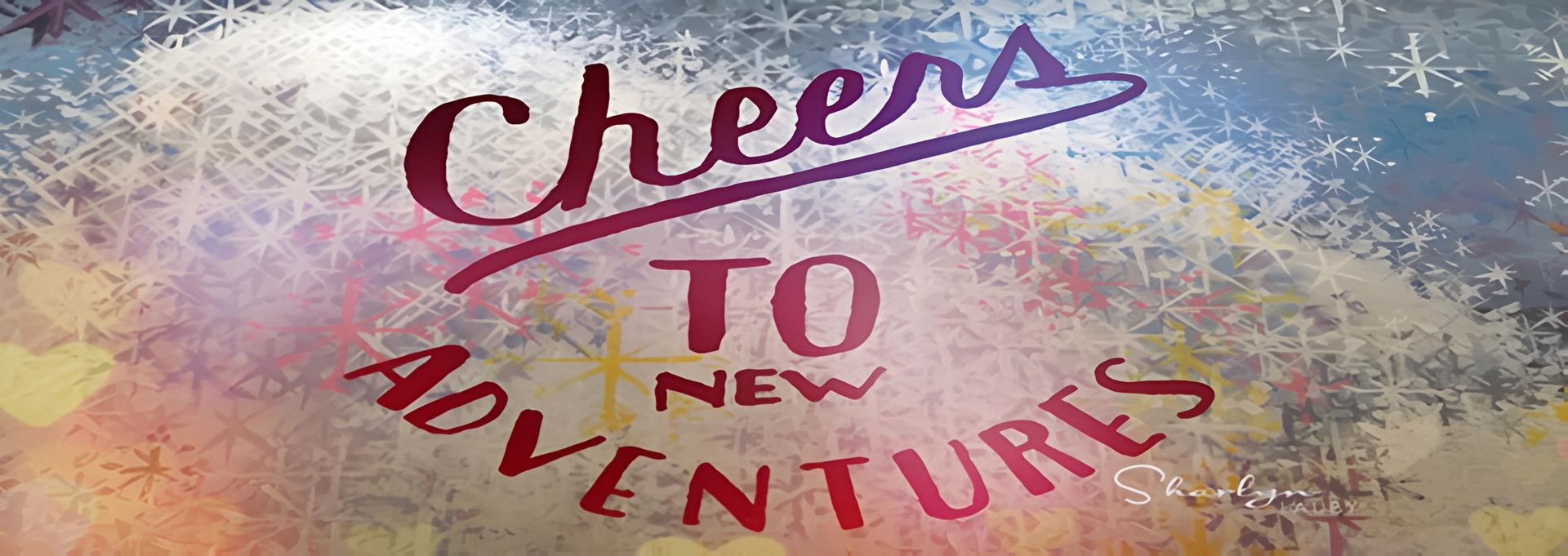
As the calendar turns to a new year, it’s the perfect time to reflect on your career journey and consider the possibilities ahead. This isn’t just a new year—it’s a chance to harness a lifetime of experience, insights, and creativity to take your career in an exciting new direction.
Starting fresh can feel daunting, and it’s also an opportunity to lean into the unique momentum you’ve built over the years. Your skills, resilience, and ability to adapt to challenges are assets that set you apart. Employers increasingly recognize that age-diverse teams drive innovation, foster creativity, and build stronger organizations. By stepping forward, you’re not just opening doors for yourself—you’re shaping a more inclusive and dynamic workforce
Rediscover Your Strengths
Your career has given you a wealth of experiences to draw from. Reflect on moments that brought you joy and success. Were you a mentor who helped others grow? A problem-solver who streamlined operations? A relationship builder who earned clients’ trust? These transferable skills can fuel new opportunities and position you as a valuable contributor.
Upskill for the Future
The job market evolves constantly and staying relevant builds confidence and demonstrates adaptability. Online platforms like Coursera, LinkedIn Learning, and AARP’s Work & Jobs section offer accessible courses and certifications. Many libraries provide free access to some of these tools with a library card. Upskilling prepares you for new roles and shows employers your commitment to lifelong learning.
Refresh Your Network
Networking remains one of the most effective ways to find new opportunities. Reach out to former colleagues, join professional or community groups, or attend local meetups. Update your LinkedIn profile to reflect your goals and recent achievements. Sharing your excitement about new possibilities can inspire others to connect with you.
Explore New Possibilities
A new year offers the chance to view your journey with curiosity and new eyes. This stage offers freedom to design a career that aligns with your passions and lifestyle. Whether it’s part-time work, consulting, volunteering, or starting a small business, embracing flexibility can lead to fulfilling opportunities.
Your Impact on a Dynamic Workforce
By embracing this time of change, you’re advancing your goals and contributing to a broader societal shift. Older workers bring depth, diversity, and resilience to the workforce, driving growth, creativity, and collaboration. Your participation strengthens workplaces and communities.
This year, let your experience guide you toward the future you’ve imagined. The momentum you’ve built is a force for change—not just for yourself, but for the workplaces and communities you’ll inspire along the way. What’s your next step toward a new beginning? Share your thoughts, and let’s inspire one another to make this a year of transformation.
What other job search topics would you like to hear about? Send us your suggestions—we’d love to hear what’s on your mind and how we can help you navigate your career journey!
--Donna Satterthwaite, Board of Directors Vice Chair, Juanita C. Grant Foundation
CEO, MotivAction Career Coaching
Must Read Newsletter
Sign up for news and events
Newsletter
Most Popular
